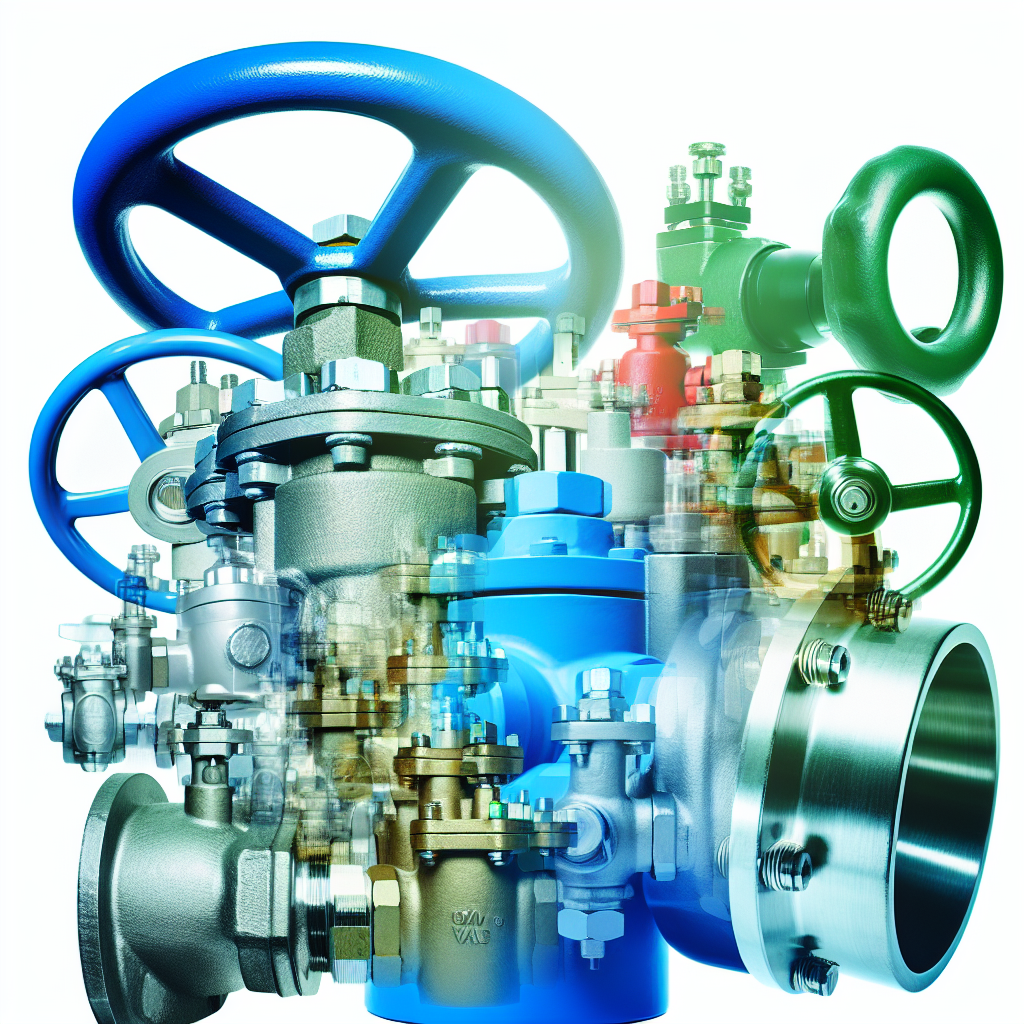Understanding the Different Types of Valves in Mechanical Engineering
Valves are crucial components in various mechanical systems, controlling the flow of liquids and gases efficiently. With numerous types serving distinct functions, understanding their design, mechanism, and applications is key for engineers and designers. In this article, we explore various valve types, their mechanisms, and how modern CAD tools like #cad, #solidworks, and #fusion360 facilitate their development.
Common Types of Valves and Their Functions
Valves can be classified based on their design, operation mechanism, and application. The most prevalent types include *ball valves*, *gate valves*, *butterfly valves*, *globe valves*, and *check valves*. Each of these serves specific purposes, from simple on/off control to regulating flow rates or preventing backflow.
For example, ball valves with their quick quarter-turn operation are ideal for rapid shut-off in pipelines. Conversely, globe valves provide fine flow regulation, suitable in processes requiring precise control. Understanding these differences enables mechanical engineers to select the right valve for each application, optimizing system efficiency.
The Role of CAD in Designing and Analyzing Valves
Modern #mechanical engineering leverages advanced CAD software such as #solidworks and #fusion360 to design, simulate, and optimize valve components. These tools allow engineers to create detailed 3D models, analyze mechanisms, and test valve functionality virtually before manufacturing.
Using #cad platforms, engineers can develop complex valve mechanisms, including the *mechanism* that controls flow, movement of internal parts, and sealing features. This digital approach accelerates the development process, reduces costs, and enhances design accuracy — crucial factors in mechanical engineering projects involving 3D models.
Furthermore, simulation features in CAD software enable the testing of valve performance under different pressures, temperatures, and flow conditions. This helps in predicting real-world behavior, ensuring the chosen valve design meets operational requirements and safety standards.
Conclusion
Understanding the diverse types of valves and their mechanisms is vital for mechanical engineers involved in fluid control systems. Combining knowledge of valve functions with advanced CAD modeling tools like #solidworks and #fusion360 enables precise design, simulation, and manufacturing. As technology advances, our ability to innovate in valve design continues to grow, ensuring efficient and reliable systems for various applications.
